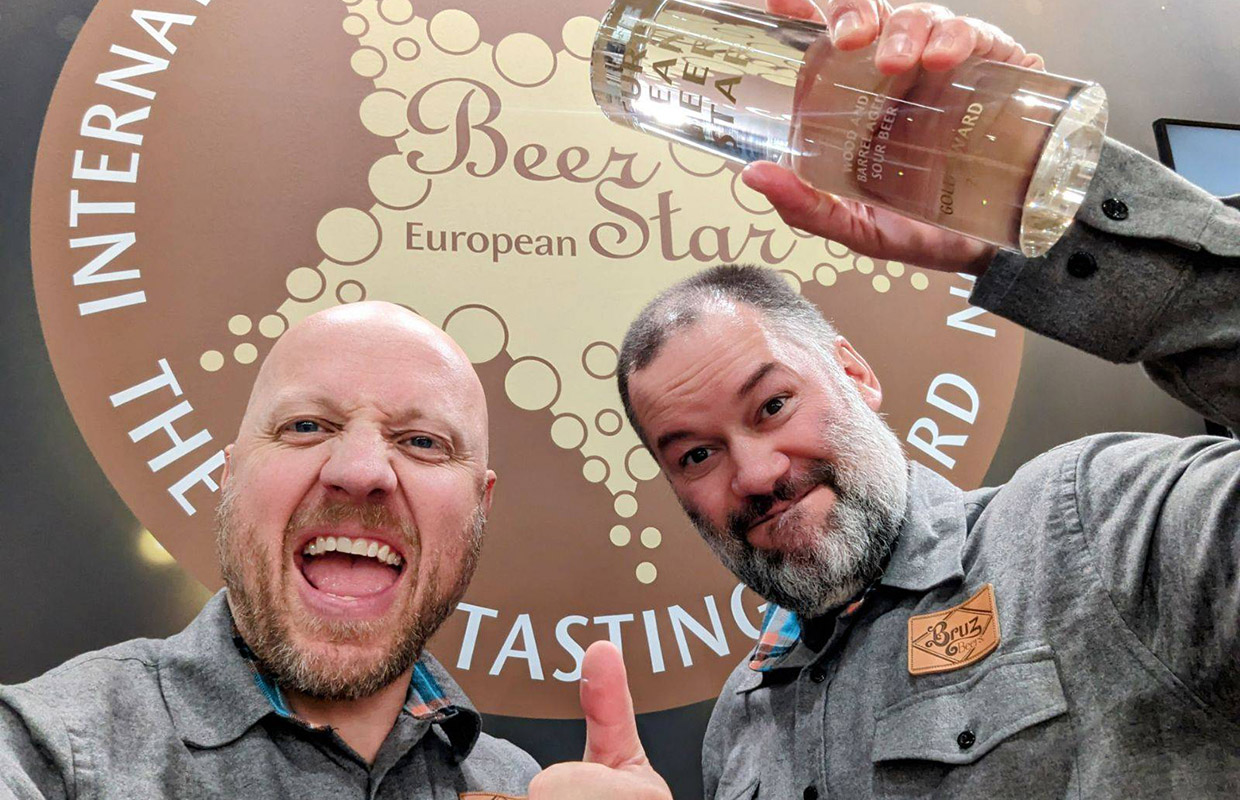
This is a part of a continuing series of Q&As with members of the brewing community from across the US. Brewer Magazine will share business and personal insights from Brewmasters, Head Brewers, Brewing Managers, Sales Directors, QCQA Managers and others each weekend to help you get to know each other better in the industry and learn more to better develop your own brand.
Charlie Gottenkieny & Ryan Evans, co-founders, Bruz Beers — Denver
BREWER: How have recent challenges in your position helped make you better? What were those and how did you solve or adjust to the issue?
GOTTENKIENY & EVANS: During the pandemic, we started canning our beers, which helped us survive during a tough time for all small to mid-sized breweries. Canned beer is now a significant part of our business. We started out with portable canning services and then canned at other breweries. This was costly and difficult to maintain profitability on canned products. We addressed these challenges by investing in a canning line that allowed us to increase production and, more importantly, improve overall product quality. We also brought on a new distributor to grow sales of packaged products, helping us increase production. An amped-up marketing approach is the third piece of the puzzle.
BREWER: Tell us about the European Beer Star award! Is this your first one? Why is this accomplishment important to you and how is it going to improve your business going forward?
GOTTENKIENY & EVANS: We won the Gold Award at the European Beer Star competition in Germany for Wood Barrel-Aged Sour Beer. And yes, it was our first win at the European Beer Star. The European Beer Star competition honors breweries and judges from 47 countries worldwide. Many beer professionals consider the European Beer Star to be the best and most prestigious competition, with beers judged by 150 international beer experts.
BREWER: Tell us about the award-winning beer.
GOTTENKIENY & EVANS: Oak Marionette on Peaches is the brainchild of our head brewer, Dave Olson. It is a Belgian-style Flanders Red-Brown Ale that uses a copious quantity of Colorado Palisade peaches. The beer was aged in one of our 30-barrel oak foeders and the Colorado peaches were brought in fresh and were added to the beer with minimal processing.
BREWER: How did you start in the industry and why do you still want to be a part of it?
GOTTENKIENY: By the time Ryan Evans and I opened Bruz Beers, I had been a homebrewer for nearly 30 years, specializing in Belgian-style ales. Ryan, his wife Rachel and I met at a beer tasting I was leading at Colorado Free University. It turned out that they shared my passion for Belgian-style beers and before long we were drawing up a business plan. We opened the brewery in July of 2016 and eventually opened our Colfax Avenue tap room, Bruz Off Fax, in 2020. We all still want to be a part of this industry because we are passionate about what we do. We have never wanted to be the biggest Belgian-style brewery; we just strive to be the best.
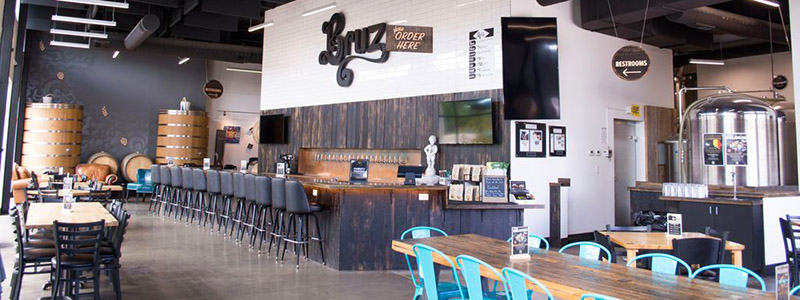
BREWER: What are you sipping on right now from your brewery that you really enjoy?
GOTTENKIENY: Right now, I am sipping on a Hellraiser Golden Strong Ale. My usual go-to, however, is our amazing Bruz Tripel, which is Ryan’s favorite as well.
BREWER: Be it in styles, ingredients, business strategies or sales and marketing techniques, what are some recent industry trends that you’ve tried or are excited about trying this year?
GOTTENKIENY & EVANS: One of the biggest trends affecting the entire industry is the big shift toward no-alcohol and low-alcohol beverages. Sales of non-alcoholic beer are soaring and more of our customers are asking for lower-alcohol beers. While non-alcoholic beer is not realistic for a brewery of our size, low-alcoholic beers are a trend we have embraced with beers like our Brussels Table Beer, Solange Blond Ale and Bruz Single Abbey-style Ale.
BREWER: What are some adaptations to business practices in the industry that you observed over these past few years, and how has your brewery adjusted to stay competitive?
GOTTENKIENY & EVANS: While IPAs and Hazy IPAs are still America’s first choices for craft beer, there are market indicators suggesting that the public’s tastes are shifting toward variety with other styles of beer. Good examples of this are Pilsners — now the rage at craft breweries all over the country — and Witbiers, which even macro-brewers have embraced. Look for more low-alcohol session beers, dark Lagers, and sour beers in the future. At Bruz, we have the advantage of a myriad of Belgian beer styles to brew and have always maintained a broad diversity of beers. We have 20 active taps in each of our taprooms and offer a range of canned, kegged and bottled beers. Variety and quality have always been how we stay competitive.



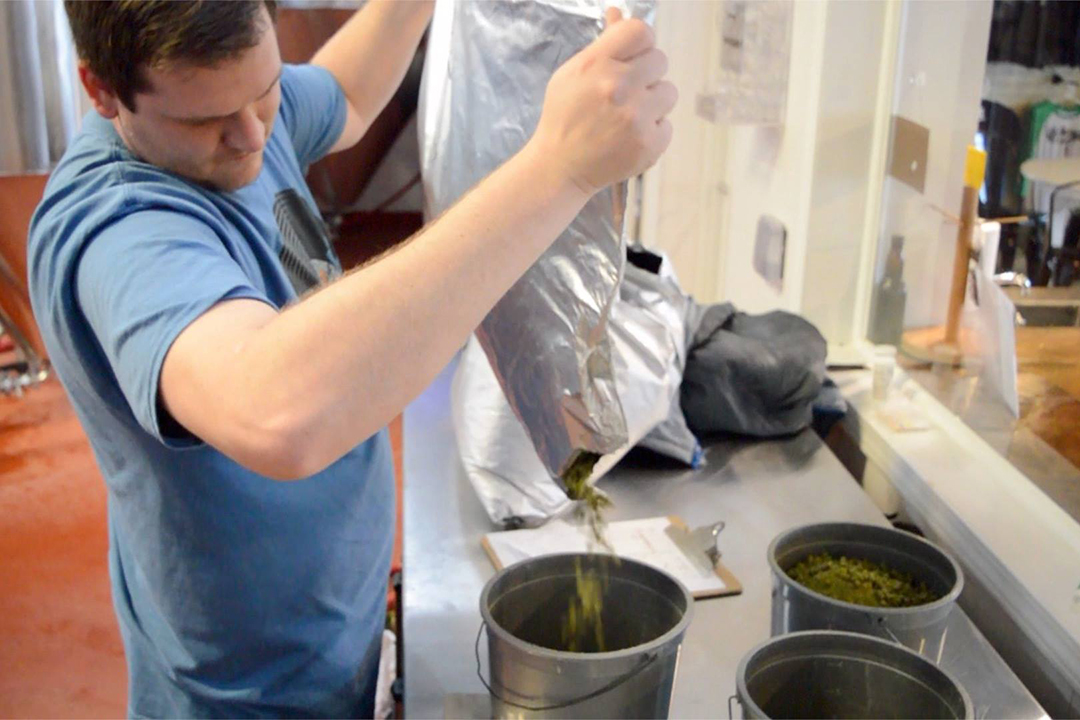
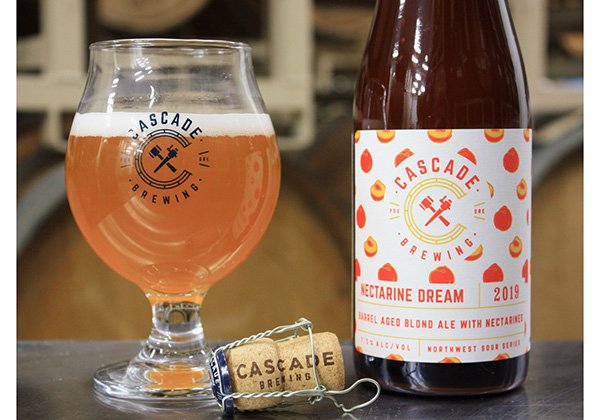
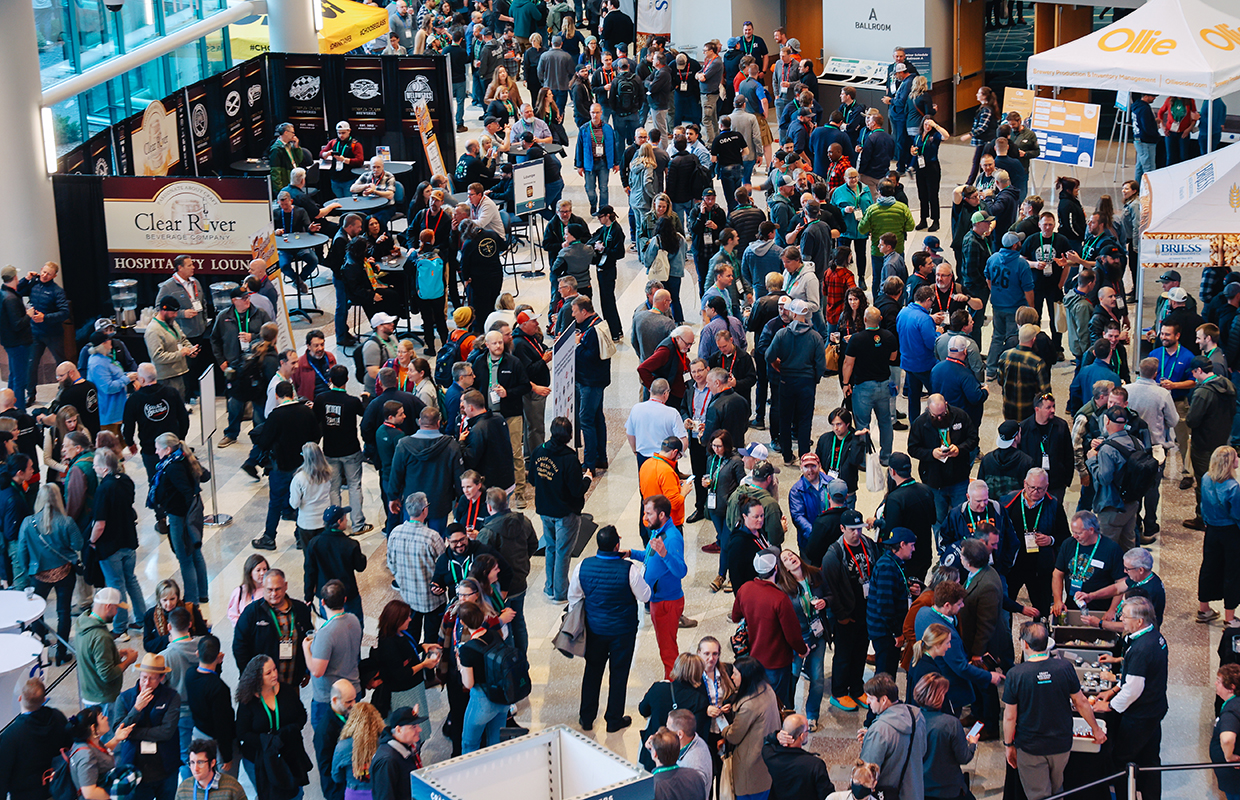
Be the first to comment